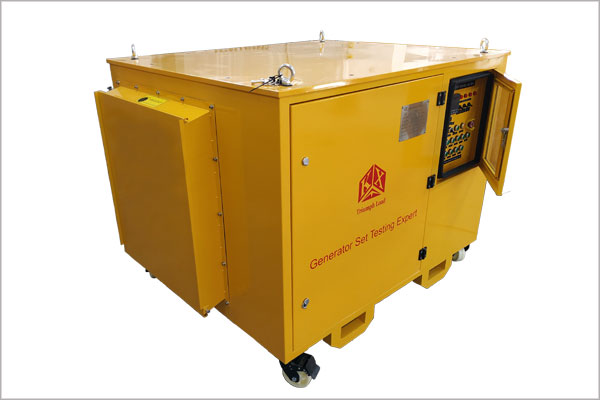Dc electronic loads for solar cell testing
The development of the solar industry has increased the need for solar cell testing and measurement solutions, as well as the size and increased efficiency of solar cells. Battery testing requires the use of higher current and higher power, thus requiring high flexibility of test equipment. Solar cells are usually tested using
electronic loads.

500kw load bank
Considering that the solar cell generates energy, when using a four-quadrant power supply for testing, the actual mode of the power supply is: the solar cell applies a positive voltage to the terminals of the power supply. At the same time, current flows from the solar cell into the terminals of the four-quadrant power supply, which means that the four-quadrant power supply sees a reverse current (for its terminals).
From an electrical point of view, an instrument with a positive voltage applied to both ends and a current flowing in (that is, a reverse current) is called an electronic load. So in most solar cell tests, where the solar cell also produces energy when light hits it, the four-quadrant power supply actually acts as an electronic load.
The advantage of using dc electronic loads to test solar cells is that they can be used at a variety of current and power levels. With electronic loads rated at 50W or up to several kilowatts and hundreds of amperes, 3A, 20W4 phase line power limits are easily overcome.
